Dorothy Mackaill in Safe in Hell (1931)
 The opening of Safe in Hell is a bit deceptive.
The opening of Safe in Hell is a bit deceptive.
The film’s title appears on screen, with its block-style, capital letters filled in with a silent roar of angry flames. Meanwhile, the music we hear conjures a scene from the late 1800s, perhaps a pair of ladies strolling through the park with ankle-length dresses and lace-trimmed parasols. But once the credits fade, the tune changes to “St. Louis Blues,” and if you don’t know what that means, you find out as soon as you see a shapely pair of gams belonging to a scantily clad blonde.
That blonde is Dorothy Mackaill.

Mackaill with Ricardo Cortez in The Next Corner.
Born in Yorkshire, England, in 1903, Mackaill was bitten by the acting bug at an early age; while still in her teens, she ran away to London, persuading her father to finance her housing and lessons. By 1920, she’d landed a role in her screen debut, The Face at the Window, starring C. Aubrey Smith. She later made her way to New York, working as a Ziegfeld girl and appearing in comedy shorts on the big screen. Before long, Hollywood came calling and she was hired by Associated First National Films; her first film for the studio was Bits of Life (1921) with Lon Chaney, which depicted four unrelated stories, shot with different casts. Mackaill later said that she never met Chaney on the set, as they appeared in different segments, but she performed with him a few years later in The Next Corner (1924), and by 1926, she was starring in such features as Subway Sadie, in which she portrayed the title role.

Mackaill and Joel McCrea dated briefly, before he met and fell for the love of his life, Frances Dee.
During the late 1920s and early 1930s, Mackaill’s star continued to rise, and she shared the screen with such luminaries as Richard Barthelmess, Myrna Loy, Warner Baxter, Basil Rathbone, Lewis Stone, and Joel McCrea (whom she dated a few years before he met and married Francis Dee). By the time she made Safe in Hell in 1931, Mackaill was appearing in an average of five films a year.
Filming began on Safe in Hell began in September 1931 and finished just a month later. It was originally to be directed by Roy Del Ruth, and then Michael Curtiz, but wound up being helmed by William Wellman; among those initially considered for the cast were Boris Karloff, David Manners, Lillian Bond, and Barbara Stanwyck. In fact, Stanwyck was given the starring role and had actually started to attend rehearsals but, ultimately, due to a contractual agreement with Columbia Studios, she was forced to bow out and the part went to Mackaill.

Our introduction to Gilda.
Co-starring Donald Cook, Ralf Harolde, Nina Mae McKinney, and Clarence Muse, Safe in Hell focuses on Mackaill’s character, Gilda Carlson, a fascinating female who is tough but vulnerable, sweet but practical, courageous, loyal, and smart. When we first meet her, she’s getting a call from her “madam” to meet a client. “I’ll go right into my dance,” Gilda responds matter-of-factly. We don’t get the impression that she’s wholly enamored with her line of work – it’s simply a necessary evil that she’s accepted. It’s her tough side that’s on full display when she learns that she’s been personally requested by none other than Piet Van Saal (Ralf Harolde), a former employer whose unwanted attentions eventually led to her career as a prostitute.

Gilda with some of her fellow hotel dwellers.
When she encounters Piet, Gilda doesn’t break down in tears, or recoil in fear or disgust. No, Gilda’s mad, plain mad – which is manifested both verbally and physically; she not only smacks Piet’s hand away when he touches her face, she also knocks a drink out of his hand (“Hey! That costs ten a quart,” he complains), slaps his face, and heaves a champagne bottle at him. Unfortunately for Gilda, after he’s conked in the head with the bottle, Piet falls unconscious to the floor, and she flees the apartment, unaware that she has left a fire in her wake – and that a bellboy has witnessed her visit. Serendipity steps in at this point, in the form of Gilda’s fiancé, Carl (Donald Cook), who helps Gilda to escape to the island of Tortuga, where extradition laws are non-existent. Once she’s firmly ensconced in the island’s only hotel, Gilda encounters a motley crew of criminals, from pickpockets to cold-hearted murderers, each of whom is fascinated with the island’s only white woman. After vehemently rebuffing each man in his turn, Gilda ultimately earns their respect – with the exception of the island’s jailer-executioner (Morgan Wallace), who is determined to possess her, no matter what.

What does Gilda see in this guy? Your guess is as good as mine.
Although one can certainly envision Barbara Stanwyck in the part of Gilda – she was a master at portraying the tough gal with a heart of gold – Mackaill does a fine job in the role, believable in the scenes where she resorts to physical violence, as well as those in which she’s overcome by helpless tears. Slightly less effective is Donald Cook as the love of Gilda’s life – to call him somewhat wooden is putting it mildly; it’s not entirely clear how a woman like Gilda would give him a second look, let alone go to the lengths she ultimately goes for him. (Still, he’s only in a few scenes, so he doesn’t do much harm.) Overall, the cast is spot-on – Ralf Harolde, as usual, is suitably creepy; Nina Mae McKinney and Clarence Muse bring a marked dignity to their roles of the hotel’s manager and porter; and each of the hotel residents manages to be at once unsettling and endearing.

Definitely not for children.
Carrying the warning that it was “Not for Children,” Safe in Hell garnered mixed reviews upon its release. The critic for Time magazine called it “crude, trite [and] sporadically exciting,” while the review in the Pittsburgh Post-Gazette claimed that Mackaill was “too good for the likes of her role.” The New York Times critic, however, judged that the “fugitive murderers and swindlers are a rather amusing lot,” and noted that a moviegoer seated near him “wept piteously” at the film’s end.

Mackaill’s last film.
Safe in Hell would prove to be the high point of Mackaill’s career – she was only seen in a handful of films during the next few years; the actress claimed that she left the screen to be with her second husband, singer Neil Miller, whom she’d married shortly after shooting wrapped on Safe in Hell. Three years later, when the couple divorced, Mackaill admitted that her husband objected to her screen work. Her final feature film was Bulldog Drummond at Bay (1937), with John Lodge and Victor Jory. In the 1950s, she moved to Hawaii, taking up permanent residence at the Royal Hawaiian Hotel in Waikiki – she later made two appearances on the long-running television series Hawaii Five-O, which starred her friend Jack Lord. Her 1980 role on the show would be her last performance. Mackaill died a decade later, at the age of 87, in Hawaii, which she once described as a place where the “Aloha spirit . . . is very much alive.”


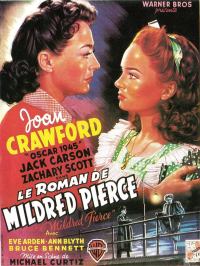




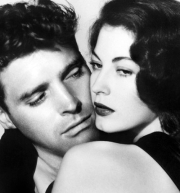













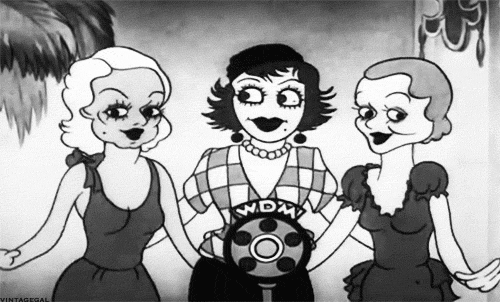
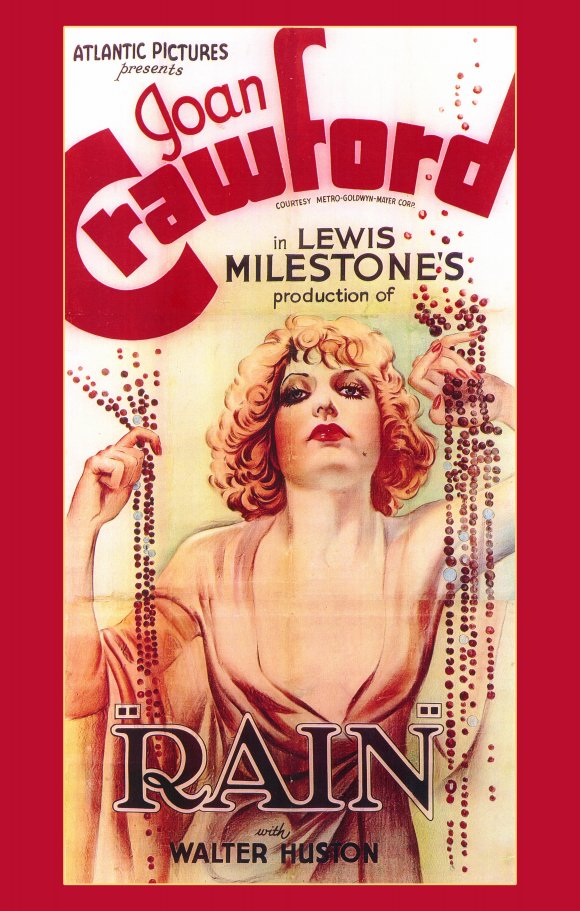

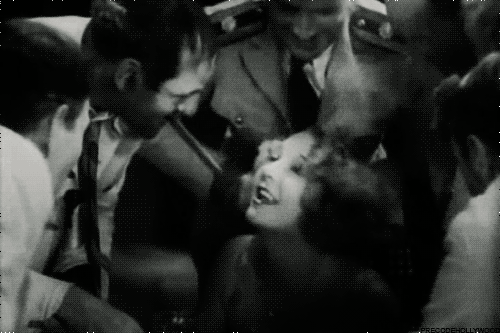
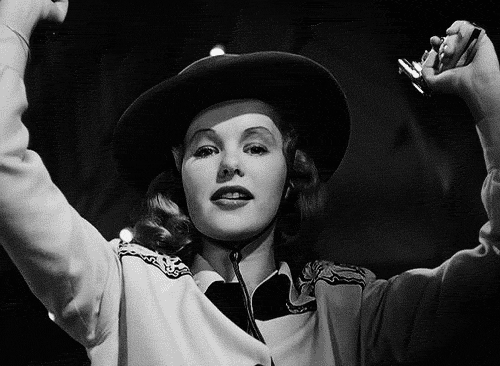

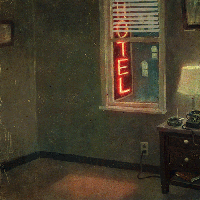
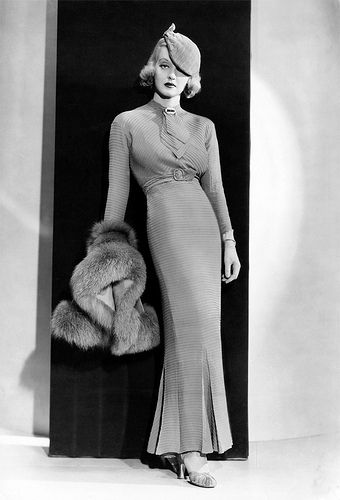



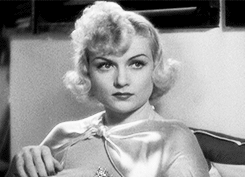






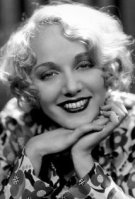
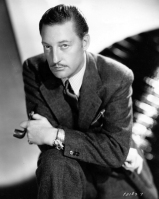
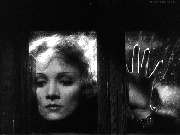


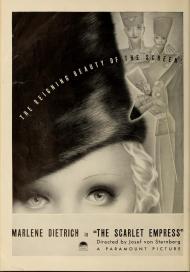
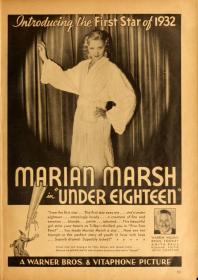
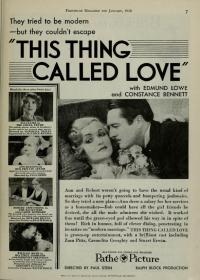


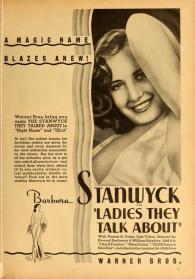


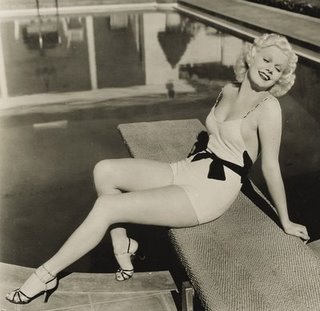




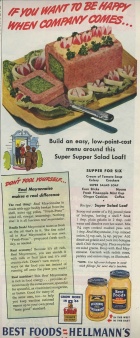
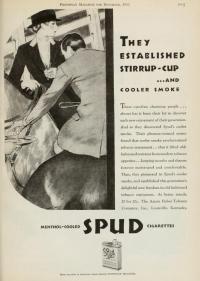

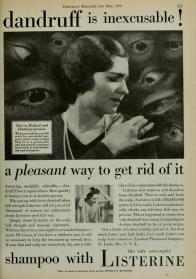
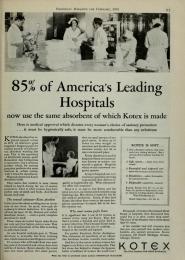
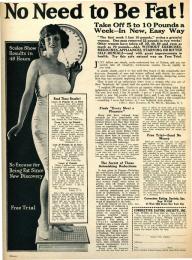


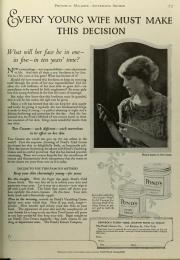
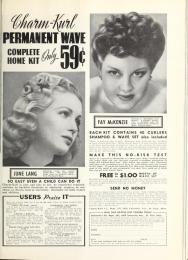
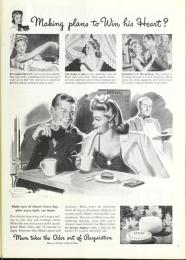


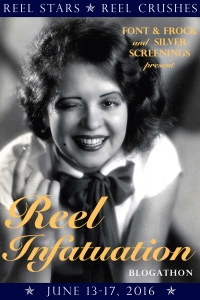

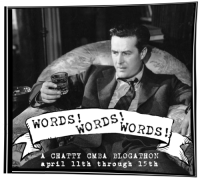

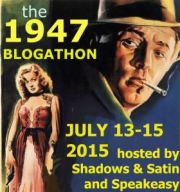




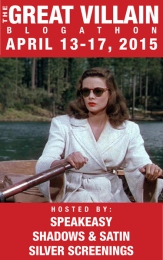

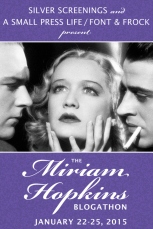
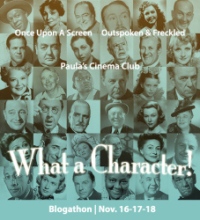
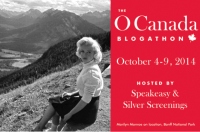




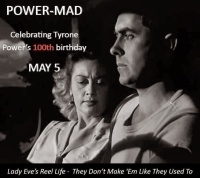












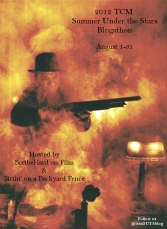


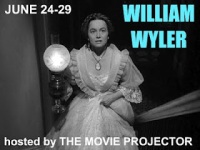

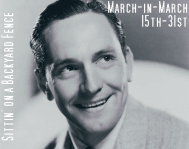



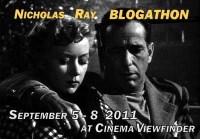

Aha! So THIS is the film where that photo of Mackaill-on-Phone comes from. And Ricardo Cortez is in this one? Must check it out…although, I hope don’t end up weeping piteously like the poor fellow sitting near the New York Times movie critic…
This is one of the most definitely pre-code of pre-code films; Wellman had a particular way with female characters facing danger (before the code enforcement) that was more flat-out explicit than any other director. This is my take on it: http://www.lindajsandahl.net/2014/10/precode-drama-displays-roughest-side-of.html
I enjoyed your post on Safe in Hell, Linda — thank you so much for sharing it!
This is a fascinating review of an obviously infamous pre-Code film. From the participating actors and directors you listed, I am almost positive that it is a Warner Bros. picture; also, the mention of the underworld in the title suggests this. Am I correct?
Yours Hopefully,
Tiffany Brannan
It’s actually a First National film; First National would eventually be absorbed into Warners but it hadn’t happened yet.
Thank you for correcting me, Linda.
Thank you. That is very interesting. I appreciate the information.
Yours Hopefully,
Tiffany Brannan
I had never heard of this movie before I saw it one night on TCM. Wellman’s pre-codes aren’t so critically acclaimed because they’re not all full of he-man stuff. SIH sort of epitomizes one of the joys of pre-code — discovering it, preferably late at night and by yourself, and watching in amazement what our great-grandparents were getting up to!
I love your take on this — and I so agree!!
[…] to start! TCM is practically overflowing with first-rate noir and pre-Code offerings, including Safe in Hell (1931), Red-Headed Woman (1932), Baby Face (1933), Dinner at Eight (1933), Out of the Past (1947), […]
[…] Safe in Hell (1931) […]
[…] I first saw Safe in Hell in 2013 at my first TCM film festival, and when I tell you I was blown away, you can believe it. Dorothy Mackaill stars as Gilda Carlson, whose introduction in the movie is one of my pre-Code favorites: she’s seated in a chair, fielding a call from Angie (Cecil Cunningham), who might best be described as Gilda’s pimp. She’s wearing a short, silky robe, her feet are propped up on a nearby dresser, and her long legs are encased in stockings held fast by lacy garter belts. Before we get to Gilda’s face, the camera languidly slides up her legs, just to make sure we see them. And when Angie gives her an assignment to meet a man, Gilda’s off-handedly replies, “I’ll go right into my dance.” Unfortunately, Gilda learns that the client is the man who raped her and forced her into prostitution, and things go downhill from there. (More on Safe in Hell and its star can be found here.) […]
[…] of some of my very favorites from the era, including The Divorcee, Strangers May Kiss, Night Nurse, Safe in Hell, Red-Headed Woman, Red Dust, Three on a Match, Baby Face, and Mandalay. The author also introduced […]